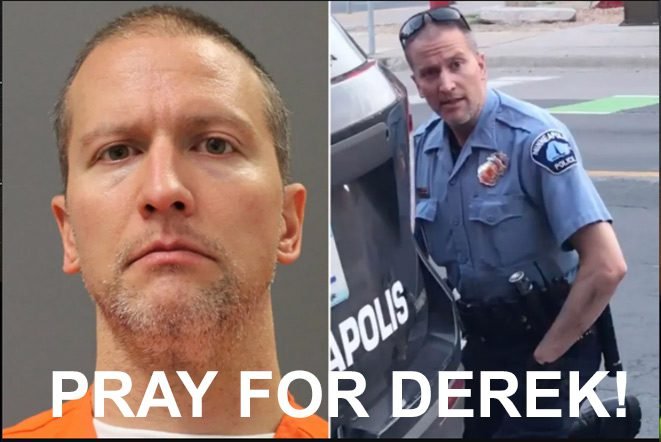Guest post by MJ Lisbeth

There was once a Catholic priest with an inquiring mind. Perhaps not surprisingly, he was a Jesuit. He also believed that Christian teachings are just part of the answer to the question of what we came from and why — and where we could go. Science is another piece of that puzzle, and it could be joined with faith in philosophy, classical and current. Perhaps not surprisingly, he was French.
The Church authorities weren’t always pleased with his work and, while his books weren’t placed on the Index, some weren’t published during his lifetime. In the meantime, though, the prelates, in France and the Vatican, did whatever they could to detour his scholarly and scientific work. (Perhaps it had something to do with his use of the “E word” to describe human development, intellectually and spiritually as well as physically.) So, he went to China, where he joined a scientific expedition that included a fellow Jesuit.
This French priest would have a hand in what was considered one of the most important scientific discoveries of the time: Peking Man, the oldest set of remains that were recognizably human found up to that time. Among other things, it indicated that the human race was about a quarter of a million years older than previously thought.
During the last three decades of his life, he would return to France only for visits with family and friends. He devoted his time to research, which took him to Africa and the United States as well as China.
So, what got me thinking about Pierre Teilhard de Chardin? The discovery of remains of Native Canadian children buried on the grounds of Catholic boarding schools funded by the government — and the priest sex-abuse scandals.
I’ll admit that it’s difficult for me not to think about the latter when I hear about the Roman Catholic Church: I am one of many who suffered and survived that terrible history. Although thousands of former altar boys and others who grew up in the Church have come forward during the past few years, we are still only a very small minority of those who endured exploitation by those who were seen as God’s proxies: Many, many more didn’t live to tell their stories.
Nor did those Native children who, although they died far too young, endured more and greater indignities than most people. Those kids were taken away from their families and communities, and the schools’ curricula were aimed to, among other things, deracinate them: Their language, customs, spiritual beliefs, and everything else that formed their identities were taken from them. In doing so, the schools made the young people dependent on a church and culture that never would treat them as equals: In many Native cultures, teachings secular as well as spiritual have, as a purpose, making young people able to live off, and in harmony with, the Earth. But, even in its most benevolent forms, Christianity teaches the exact opposite: that humans have dominion over the mountains, rivers, seas, and the flora and fauna that grow, roam, swim, and fly in them.
I have read many reports about the discovery of those boarding school burial grounds. I also made what some would consider a mistake: I read comments that readers left in response. Some condemned the Canadian government and the Church. A few had ideas about what could or should be done. Then there were those who believed the reputation of the Church was being unfairly besmirched. One commenter wondered, “Why do they have to dig up the past?”
I wonder whether the person who made that comment consciously chose that phrase: “Dig up.” I saw it again on the Facebook page for alumni of my old Catholic school. They heard about the priest who abused me and, probably, other kids — and another priest (whom I knew) who took advantage of other kids. Some said, in effect, that those of us who told our stories were lying, which didn’t surprise me. They didn’t want their rosy memories of those “simpler times” beclouded by dark intrusions. In that sense, they were like another alumnus who asked the same question as the commenter on the story about boarding schools.
“Why do they have to dig up the past?” Church officials probably asked the same question about Pere Teilhard de Chardin and his fellow researchers. And, like some of my old classmates and people who heard the news about the boarding schools, they are doing what they can to deny what “digging” has uncovered — and to vilify us for daring to tell, not only our own stories, but those who didn’t live to tell theirs, whether they died twenty or two hundred years or millennia ago.
Bruce Gerencser, 68, lives in rural Northwest Ohio with his wife of 47 years. He and his wife have six grown children and sixteen grandchildren. Bruce pastored Evangelical churches for twenty-five years in Ohio, Texas, and Michigan. Bruce left the ministry in 2005, and in 2008 he left Christianity. Bruce is now a humanist and an atheist.
Your comments are welcome and appreciated. All first-time comments are moderated. Please read the commenting rules before commenting.
You can email Bruce via the Contact Form.


